By Amit Roy
Seen from the viewpoint of Indian cricket fans and those who fail the Tebbit test, the fourth day of the fifth and final Test match between England and India at the Oval last week turned out to be Massacre Monday.I won’t delve too deeply into the statistics except to say England resumed their second innings at 114/2, with Alastair Cook, playing his final innings, on 46 and the skipper Joe Root on 29.
The images on the giant screens before start of play showed mostly the good England bits that is, England players either hitting boundaries or getting wickets. Moeen Ali could be seen jumping for joy to the background music of Jerusalem.
Among the large ads in the ground, I spotted one for the Arora Group. The chairman of the property company, Surinder Arora, who is making a bid to break Heathrow Airport Ltd’s monopoly to build the third runway plus sixth terminal at the airport, was in the box he has had for years. He was the gracious host receiving his guests, mostly English business contacts, friends and staff members.
Generous to a fault, he whispered: “I would love to see Cook get a century… it’s his farewell, after all. I must be the only Indian who wants him to get a century.”
It was one of those “I was there” days his guests will never forget. Cook, who began his career 12 years ago with a debut century against India in Nagpur, was finally out for 147. He received the warm congratulations of the Indian players, led by Virat Kohli (who later compounded the horror day for India by getting out first ball for a “golden duck”).
One guest, reflecting universal English sentiment, remarked: “Great to see something historic like that great to see Root get a century as well.”
Sharmila Tagore, whose late husband, the Nawab of Pataudi, was once captain of Oxford, Sussex and India, was also at the Oval and dropped in for a chat. Her task is to present the Pataudi Cup to the winning captain, which is invariably the England captain.
On the last day, despite valiant efforts by KL Rahul and young wicketkeeper Rishabh Pant, who scored 149 and 114 respectively, India lost the fifth Test by 118 runs and the series 4-1.
There is no reason to think that India, so invincible on dusty, doctored pitches at home, will do any better when they return in three or four years.
Why this should continue to be so is a problem for psychiatrists. Cricket is just a game, to be sure, but there is also the feeling that the much-hyped and overpaid Indian team let down the Indian-origin population in the UK, Norman Tebbit notwithstanding.
Often in the middle of winter, I drive past the darkened Oval, but in my imagination I can hear sounds from summers past. Massacre Monday is now part of that legacy.


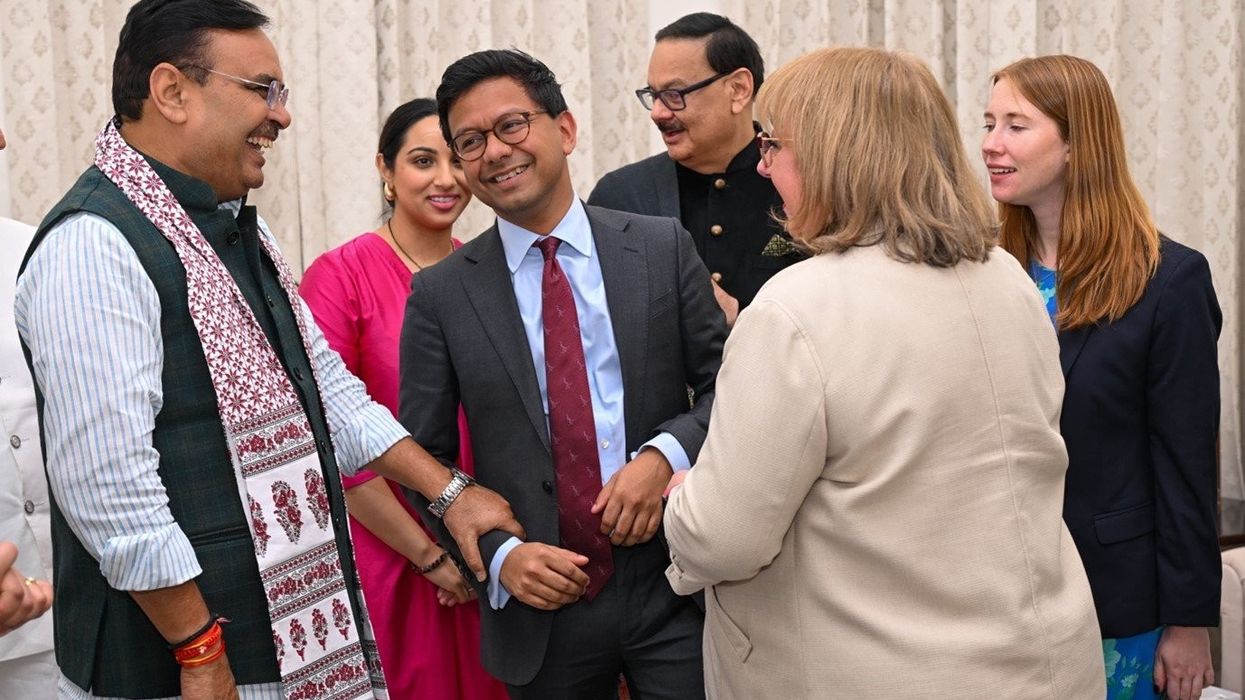

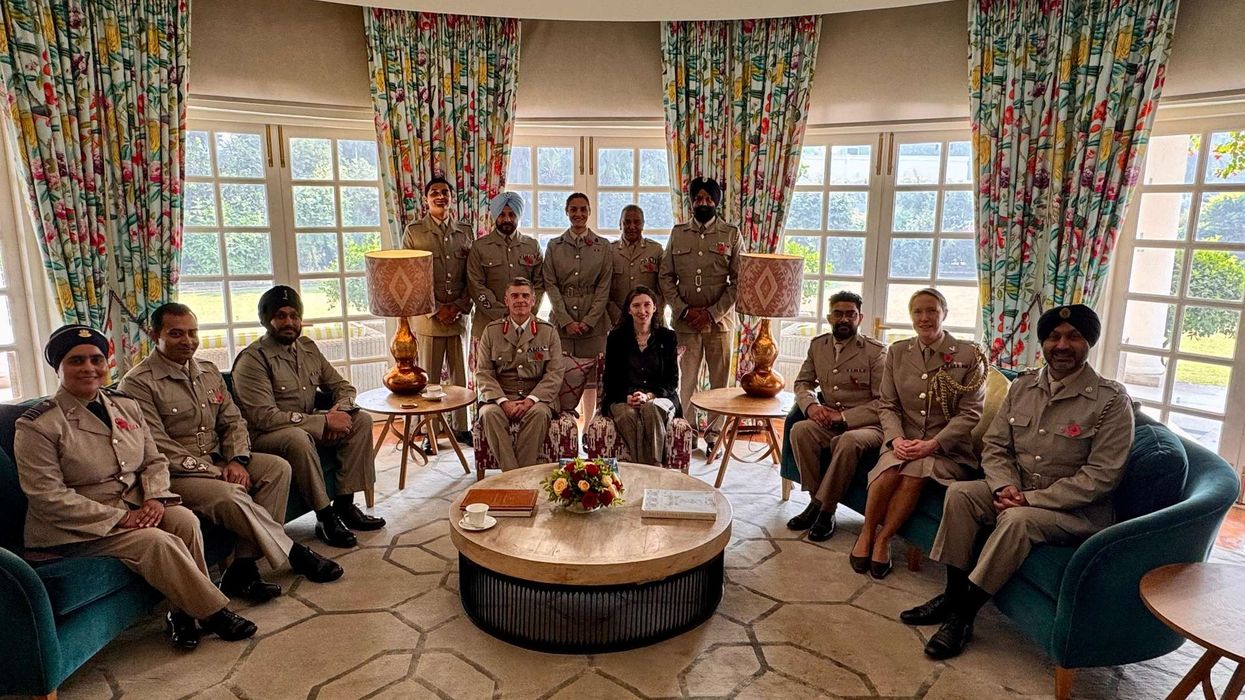
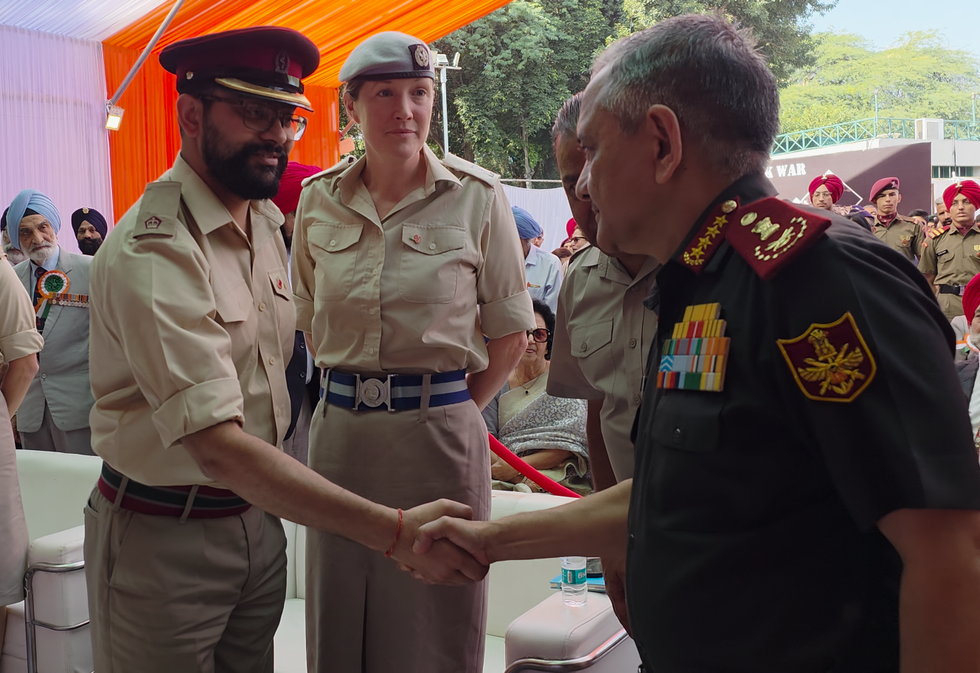

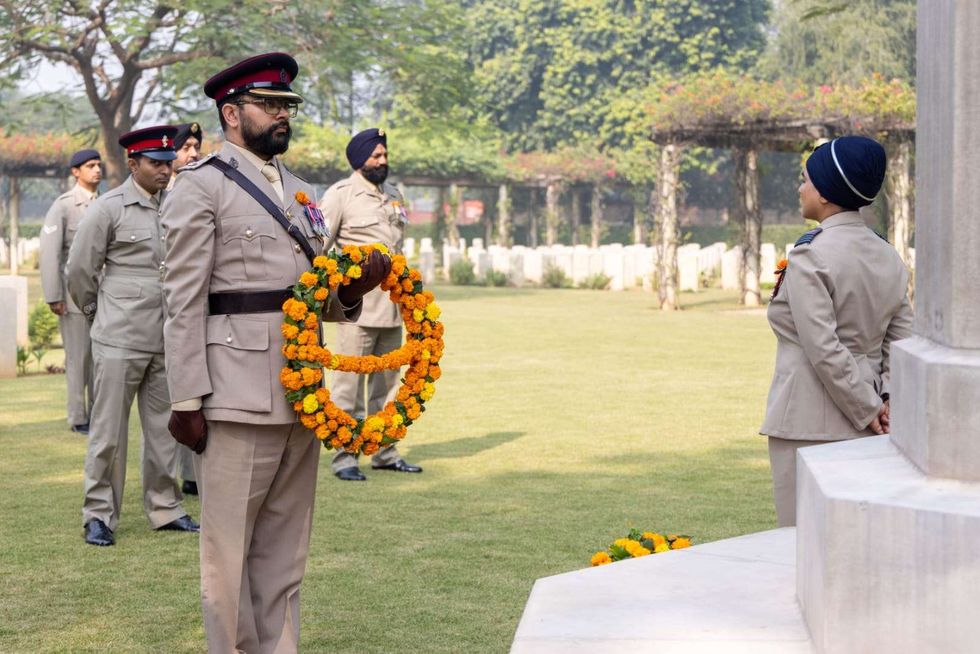
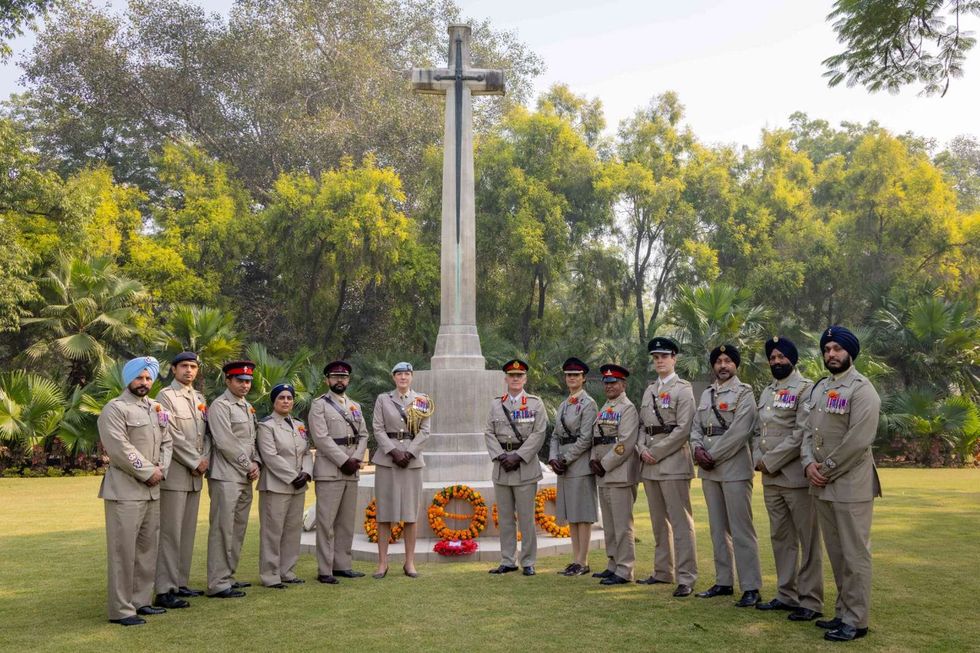
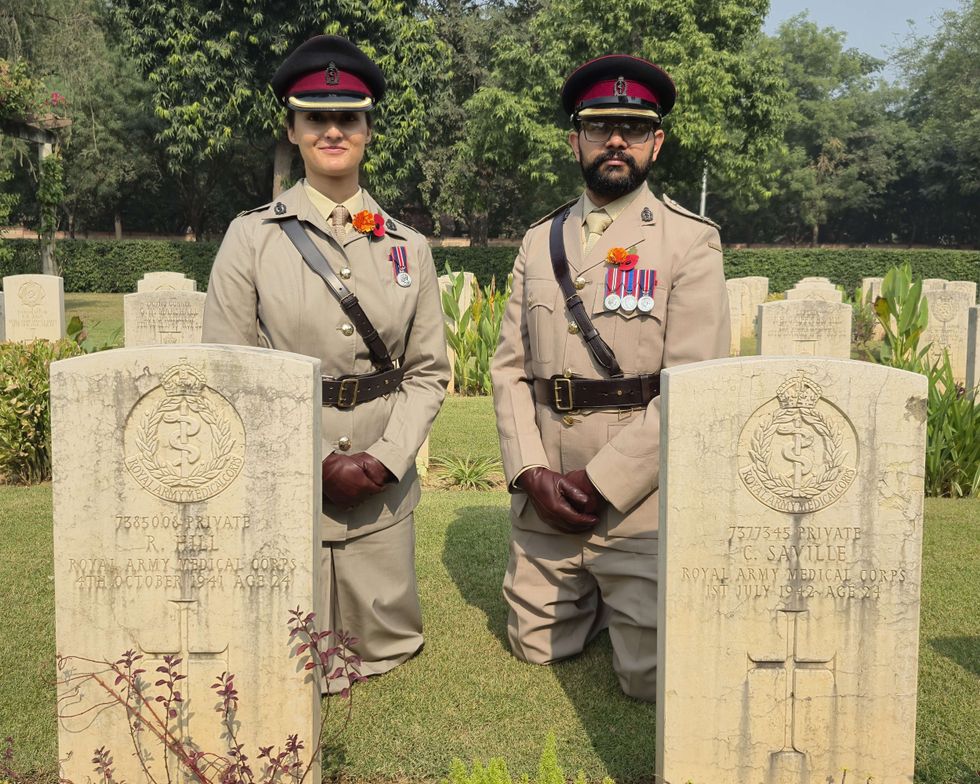




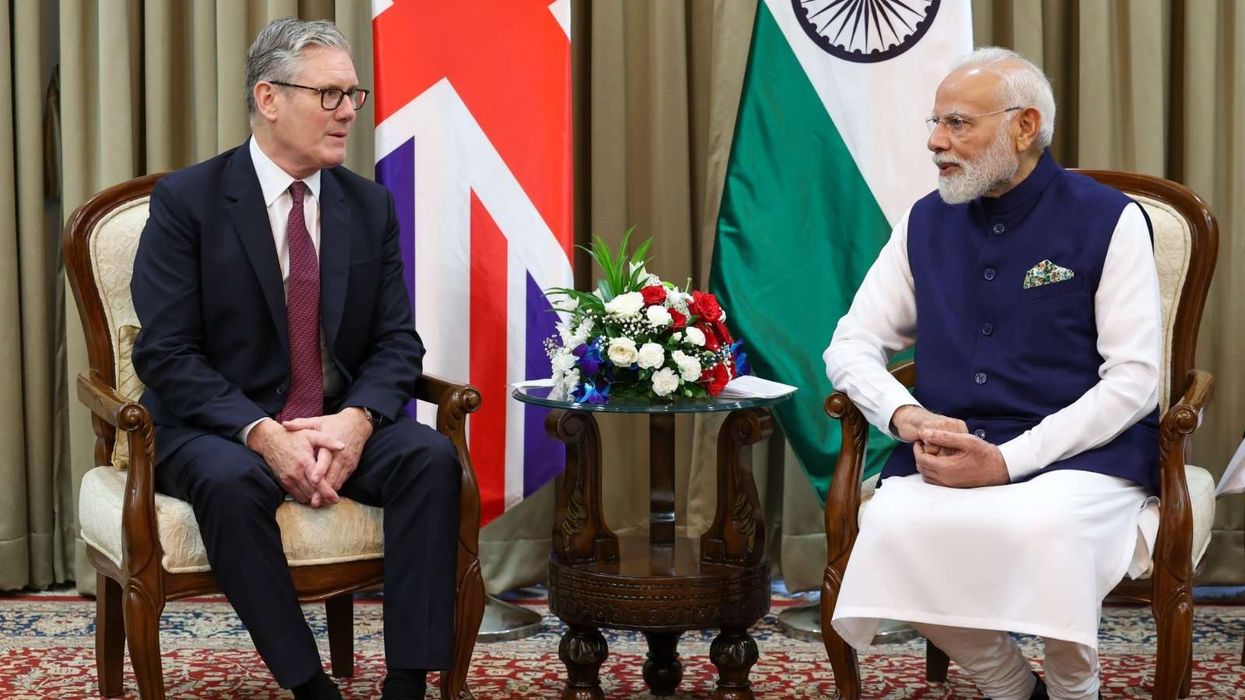


Oval’s Massacre Monday: India’s Much-hyped Cricket Team Let Their Supporters Down